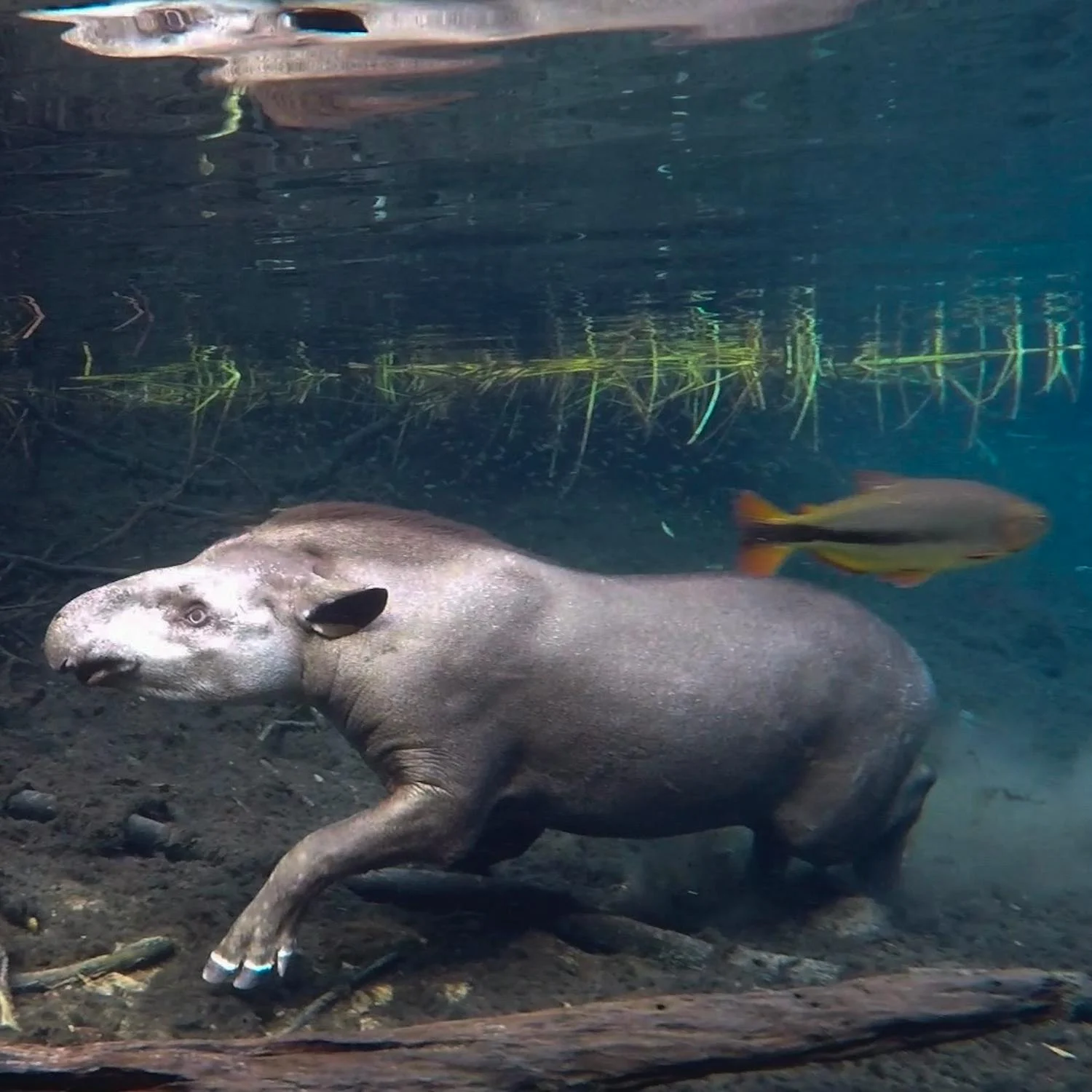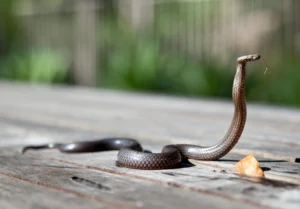The series of endangered animals 4: Brazilian Tapir

The Brazilian tapir, also known as the lowland tapir, is one of four species of tapirs. It lives in the rainforests of South America and is able to swim and dive.
Its flattened toes, four on each front foot and three on each hind foot, help the Brazilian tapir navigate successfully through wet terrain.
Adult Brazilian tapirs weigh between 150-250 kg (330-550 lbs) and measure about 2 meters (6 feet) in length. They have coats that vary in shade, with dark hair on their strong legs and a short, tough mane. They also have short tails.
What Brazilian Tapirs Eat
The Brazilian tapir uses its long and flexible trunk, or proboscis, to grasp leaves, shoots, buds, fruits, and small branches for food. They generally feed only at night and hide in the cool forest during the day.
Reproduction

Reproduction-wise, female Brazilian tapirs can reproduce every 2-3 months for a period of two days. Once pregnant, they carry the baby for over a year before giving birth! Young tapirs have brown fur with white stripes to help them blend into the rainforest floor. The white stripes fade as the calves mature.
The calf will nurse for several months until the mother stops producing milk. At 18 months old, the calf’s growth is complete, but it may stay with its mother for a little longer.
Threats and Extinction
The Brazilian tapir is more abundant than the other three tapir species but is still considered vulnerable to extinction on the International Union for Conservation of Nature (IUCN) Red List. One reason for the declining population is that Brazilian tapirs are hunted for their meat and hides. Additionally, their habitat is being destroyed due to deforestation and agricultural development.
While adult tapirs are somewhat successful in avoiding predators such as tigers, jaguars, and anacondas, young tapirs are more vulnerable to attacks.

Distribution of Brazilian Tapir
Brazilian Tapirs, living in the South American rainforest, live near water and are able to swim and dive.




